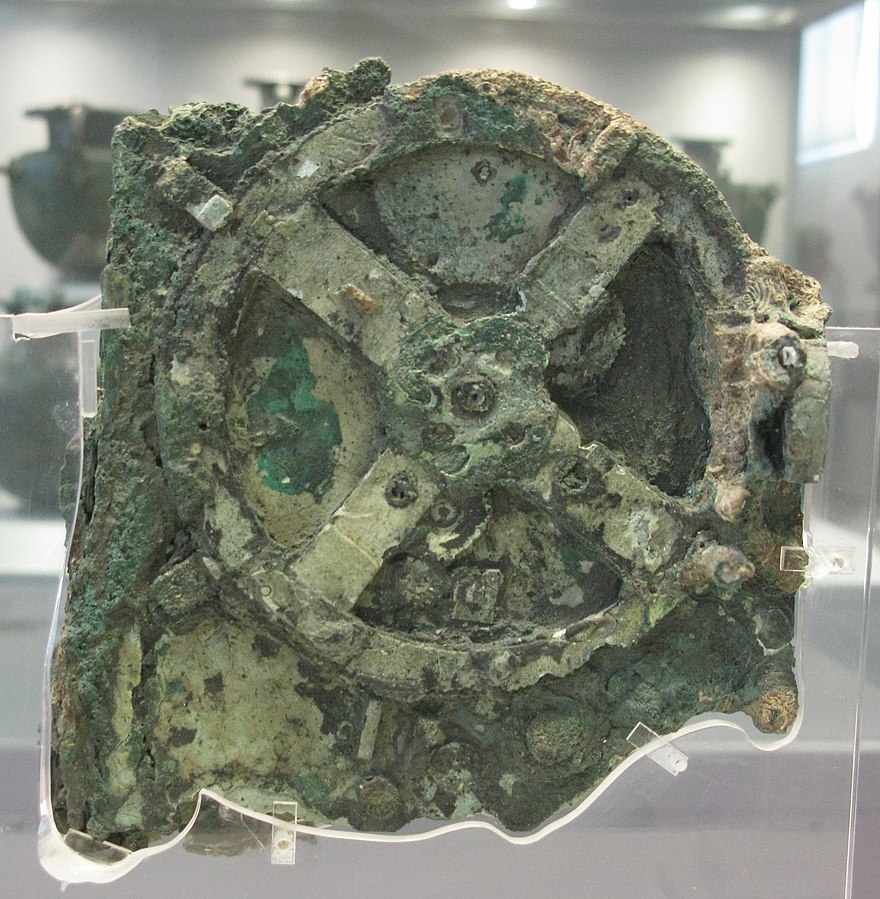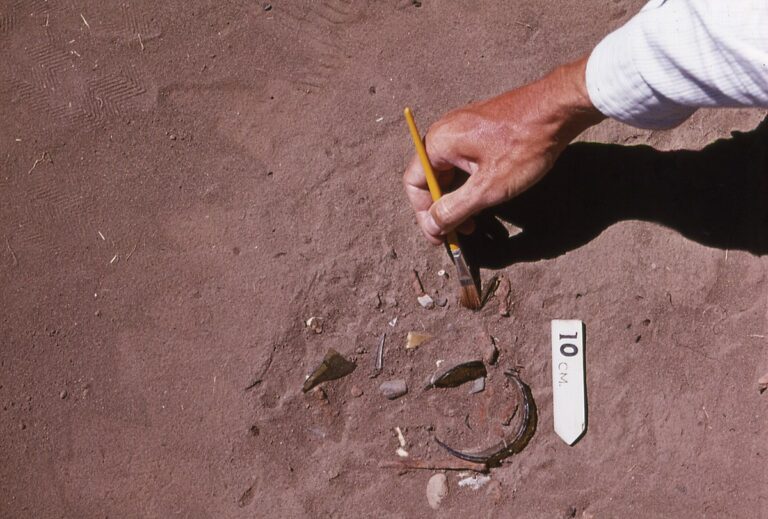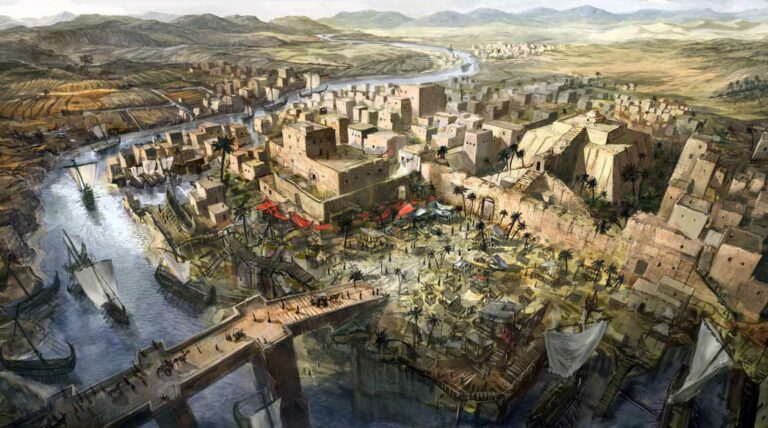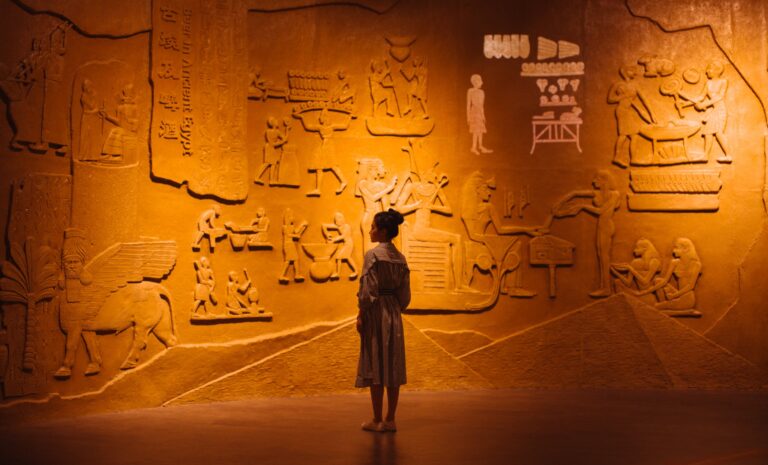The Real Dial of Destiny From Indiana Jones 5
(Spoiler Free)
In the latest installment of the Indiana Jones series, our beloved hero finds himself entangled in a race against time to locate the fabled Dial of Destiny.
The ancient artifact, rumored to possess mystical powers, holds the key to unlocking unimaginable secrets and altering the course of history.
But what exactly is the Real Dial of Destiny?
According to the film, it is a highly intricate and visually mesmerizing mathematical device called the Antikythera, crafted by Archimedes.
Legend has it that the dial has the power to alter time, allowing those who possess it to change their destinies.
Believe it or not, this is based on a real archaeological artifact.
Join us as we embark on our own archaeological adventure to unearth the true story of the Antikythera mechanism.
Unearthed Treasure
The story of the Antikythera Mechanism begins in 1900 when Greek sponge divers stumbled upon a wreck of a Roman cargo ship that was found off Point Glyphadia on the Greek island of Antikythera.
Among the sunken debris lay an assortment of statues, pottery, and what initially appeared to be a corroded lump of bronze.
It was only upon closer inspection that the true nature of this ancient treasure was revealed.
Hidden within the corroded remnants was a complex assembly of gears, dials, and inscriptions.
Archaeologists soon realized that they had discovered something extraordinary: a mechanical device of incredible sophistication dating back to the second century BCE.
The Antikythera Mechanism, as it came to be known, was a remarkable feat of ancient engineering.

The Strange Device…
What made the Antikythera Mechanism truly exceptional was its purpose and complexity.
It was designed to calculate and predict astronomical events, serving as a rudimentary analog computer of sorts.
By manipulating its gears and dials, ancient astronomers could determine the positions of celestial bodies, the timing of eclipses, and even the cycles of the Olympic Games.
The mechanism was divided into multiple layers, each containing a series of finely crafted bronze gears.
It operated using a sophisticated system of interlocking gear ratios, enabling it to accurately model the complex motions of celestial bodies in our solar system.
Inscriptions found on the device offered instructions and astronomical knowledge to aid the user in their calculations.


Origins?
The mechanisms’ quality and complexity indicate the existence of undiscovered predecessors during the Hellenistic period.
It was constructed using astronomical and mathematical theories developed by Greek astronomers in the second century BC.
In 2008, the Antikythera Mechanism Research Project suggested that the concept for the mechanism may have originated in Corinth or its colonies in northwest Greece or Sicily.
The calendar on the Metonic Spiral was identified as coming from Corinth, implying a connection with the school of Archimedes in Syracuse.
However, it was later determined that the calendar was of the Corinthian type and not that of Syracuse.
Another theory proposes that the mechanism may have originated from the ancient Greek city of Pergamon, known for its important Library of Pergamum.
The ship carrying the device had vases in the Rhodian style, leading to the hypothesis that it was constructed at an academy founded by the Stoic philosopher Posidonius on the island of Rhodes.
Rhodes was a bustling trading port and a center of astronomy and mechanical engineering.
It was the home of astronomer Hipparchus, whose theories on the motion of the Moon are used in the mechanism.
Decoding The Mechanism
For decades, scientists and historians have worked tirelessly to unlock the secrets of the Antikythera Mechanism.
With the aid of modern imaging technology, X-rays, and computational analysis, researchers have made significant progress in deciphering its inner workings and understanding its purpose.
The collaboration between historians, archaeologists, mathematicians, and engineers has revealed that the Antikythera Mechanism was likely used by ancient Greek astronomers and scholars for purposes such as navigation, astrology, and religious observations.
The mechanism operated based on a series of concentric dials and pointers.
By turning a hand crank, the user could set the mechanism in motion, causing the gears to rotate and the pointers to move accordingly.
The various dials displayed information related to celestial cycles, including solar and lunar calendars, eclipses, and even the timing of athletic games.
The mechanism employed sophisticated mathematical models and astronomical theories of the time, such as the movements of the sun and moon as seen from Earth.

Conclusion
While it may not be able to locate fissures in time like in the movie, the Antikythera Mechanism stands as an extraordinary testament to the ancient Greeks’ mastery of technology and their profound understanding of the cosmos.
This remarkable device, discovered by chance in the depths of the sea, offers a window into a lost world of scientific knowledge and mechanical ingenuity.
As researchers continue to decode its intricacies, the Antikythera Mechanism ignites our imagination and reminds us that our ancestors possessed a level of intellectual sophistication that still astounds us today.
The enigma it presents challenges us to revisit our assumptions about the past and inspires us to push the boundaries of human achievement in the pursuit of knowledge.


For More Info:
If you’d like to take a deep dive into the history behind the real Dial of Destiny, I recommend checking out The Pasts’ post here: https://the-past.com/feature/the-antikythera-mechanism-an-ancient-greek-machine-rewriting-the-history-of-technology/
If you’d like to check out another Indy post by us click the following link: https://trowelandbrush.com/uncovering-the-truth-behind-indiana-jones/






